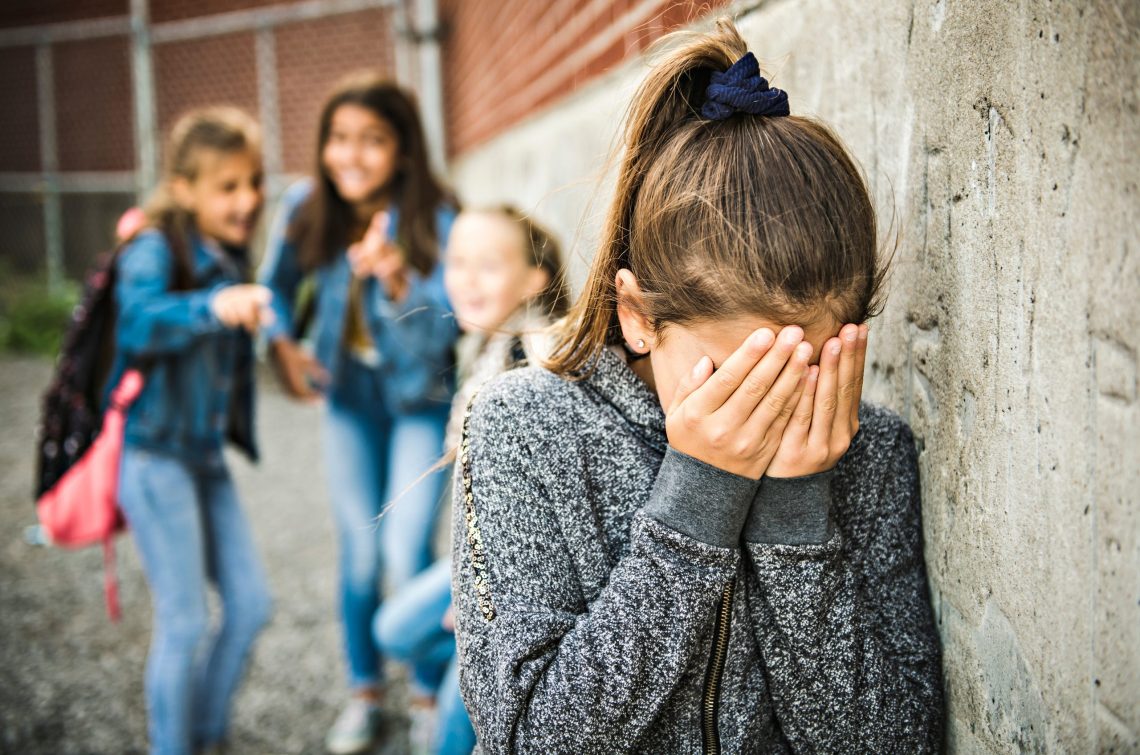
The Psychological Impacts of Bullying in Children and Teens
We’ve all been there. In the playground, where one girl grabs another’s hair and yanks her backwards off the swing. In the lunchroom, where “the mean kid” smacks down a smaller boy’s tray, spilling his food. In the classroom, where a group of kids repeatedly taunt the youngest child in the class for being stupid.
From the vantage point of adulthood, bullying is mean-spirited and pointless, but it is, unfortunately, a regular part of childhood. (Indeed, even some adults haven’t grown out of the habit of belittling others and pushing them around.) Luckily, bullying has finally entered the media spotlight, and the public outcry is forcing parents, teachers, administrators and policy-makers to step up to the plate and do something.
What Is Bullying?
Although at first, it may seem simple to define what constitutes bullying behaviour, it does not always fit the classic stereotype of the older boy beating up his smaller classmate. Bullying is a multifaceted behaviour that shifts with the situation, the people involved, the time and the place.
The Centers for Disease Control & Prevention defines bullying as “unwanted, aggressive behaviour among school-aged children that involves a real or perceived power imbalance. The behaviour is repeated, or has the potential to be repeated, over time.”
But this may not comprise a complete definition of bullying. PACER’s National Bullying Prevention Center is careful to point out that “while some bullying is physical and easy to recognize, bullying can also occur quietly and covertly, through gossip or on a smartphone or the internet, causing emotional damage.”
In such cases, bullying still relies on a power dynamic that places one peer over the other. Perhaps a popular girl has a much wider reach with her nasty words, for instance, or an older boy is on the football team and can therefore influence many of the junior and senior boys at a high school. Such positions of power are often not used to harm, of course, but they can create a difference in power.
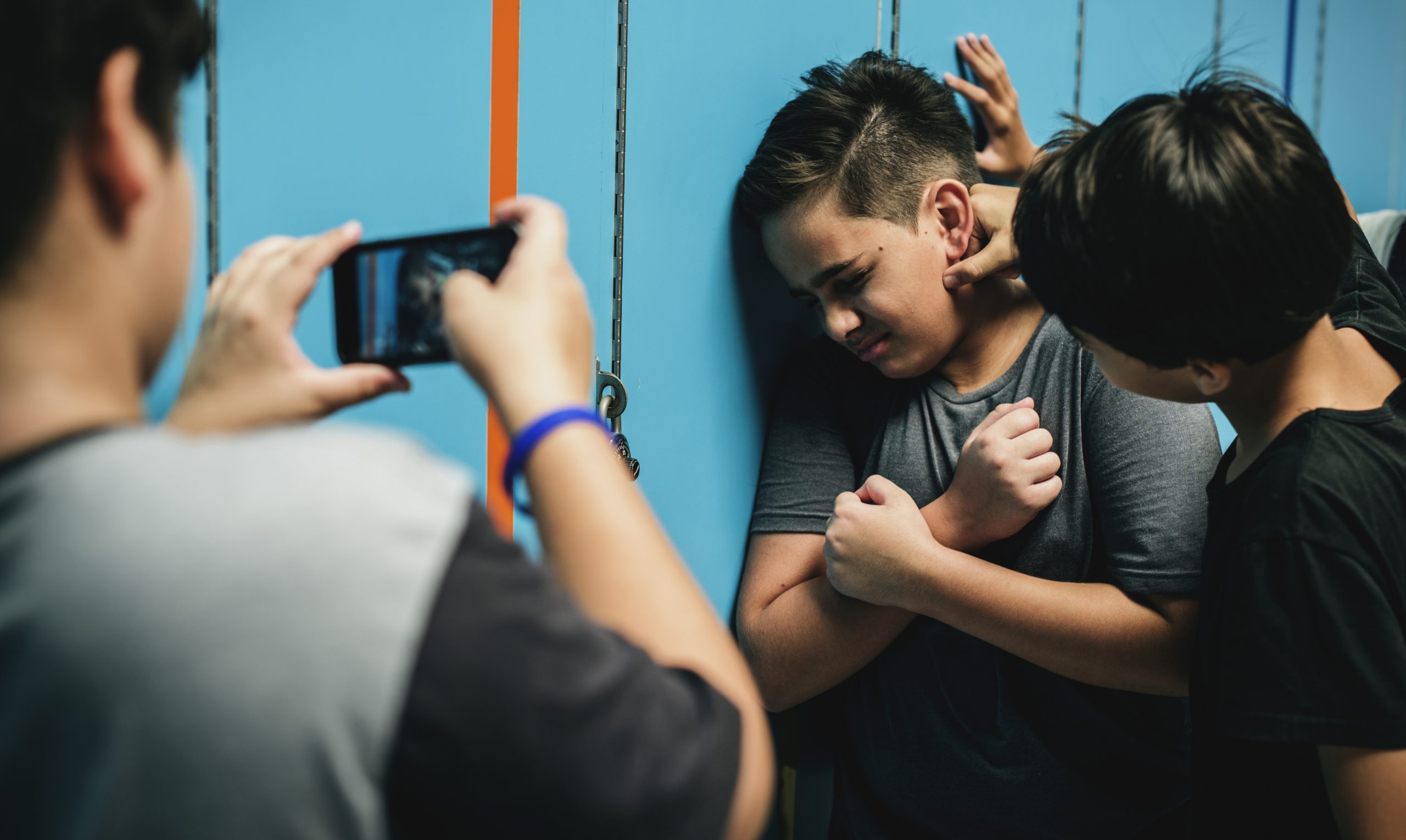
Who Gets Bullied?
It is impossible to predict who will get bullied based on their age, sex, race, class, sexual orientation, national origin or any other factor. Bullying occurs to people in all of these categories, and no one combination of traits can guarantee that a child will or will not be bullied.
However, those who frequently get bullied do exhibit some common characteristics. These may include a personality that tends toward caution and shyness, introversion, low self-confidence, unhappiness and anxiety. Bullies frequently don’t have a large support network of friends (or may not have any at all) and may seem to relate better to adults than peers. For boys especially, being smaller or weaker than average can create a target.
Moreover, bullying does seem to shift based on sex and race. According to Child Trends, while males and females are equally likely to face physical intimidation, girls face a larger chance of relational bullying (teasing or emotional aggression) and electronic bullying.
It’s also important to note that bullies share some common characteristics as well. Perhaps not surprisingly, bullies are often mean, confrontational, aggressive and spiteful. They use manipulation to get their own way, generally have short fuses and exhibit impulsive behaviour. Although they typically push other children around, using name-calling and physical aggression to accomplish their goals, they may also be aggressive toward adults, such as parents and teachers. They may lack the empathy that characterizes many of their peers, which may be why they are unable to feel for their victims. Classically, but not always, a boy bully may be bigger or stronger than average for his age.
What Are the Lasting Psychological Impacts of Bullying?
Unfortunately, the effects of bullying aren’t temporary but last long into adulthood and vary depending on the role of the person in the bullying situation.
The Victim
The long-lasting psychological impacts stem directly from the short-term impacts that children experience as a result of being consistently bullied. Depression and anxiety tend to characterize their emotional outlook well beyond the bullying years, extending into their adult lives where they become chronic, sometimes lifelong, problems. These issues make eating, sleeping, working, exercising and engaging in interesting hobbies – all the hallmarks of a full, balanced life – more difficult. They also make it more difficult to make and keep relationships, whether with friends or romantic partners.
They also have difficulty trusting people, have reduced occupational opportunities, and grow into adulthood with the tendency to be loners. They make fewer positive choices and act less often in defence of their own happiness, owing mostly to the lack of perceived control instilled in them during their childhood bullying.
The Bully
Bullies often grow up to be unhappy adults. Their methods of relating to the world around them often don’t work very well in adulthood, where quick tempers and violent actions are generally shunned by society. They may have difficulty holding down a job, retaining friendships and maintaining romantic or even family relationships.
They may also be at greater risk for suicidal thoughts and behaviours, though this is more likely when they are bullied in addition to acting as a bully. However, most of the research that has been done has concentrated on the effects of bullying on those who get bullied rather than those who perpetrate the behaviour, so reports are limited on the lifelong impacts on bullies themselves. However, it is indisputable that bullies are at greater risk for antisocial personality disorder.
Bullying and Suicide: Is It True?
A link does exist between bullying and suicide, but it is not as simple as assuming that a victim will contemplate or commit suicide. Rather, the situation stems from multiple factors.
While there is no conclusive evidence yet that bullying “causes” suicide, the close association between being bullied and having suicidal thoughts means parents, teachers and administrators should closely monitor bullying behaviour so they can put an end to it and should watch known victims closely.
Children, as well as adults, should be educated about the relationship between suicide and bullying, to help them understand (as bullies, as victims and as observers) that this is not a harmless behaviour, but one with serious consequences. Opening up the conversation and trusting kids with this information will help, not harm.
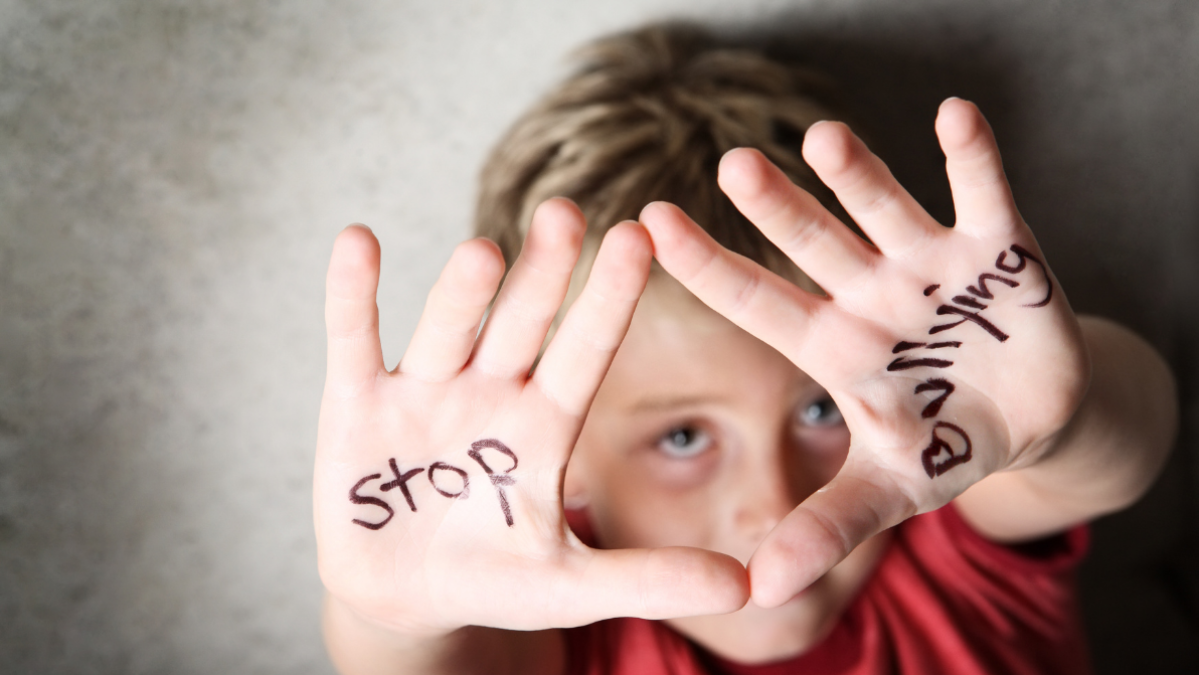
Summing Up
Bullying is a serious issue with serious impacts on victims, bullies and bystanders. Part of the problem is a culture of inaction, leftover from the old days when bullying was freely tolerated. Given the tragic results for children and adults, however, it is important to defeat this viewpoint once and for all and see bullying for the insidious problem it is.
This starts with a culture of openness and a willingness to intervene. Even as adults, this can be difficult, so imagine how hard it is for children. Therefore adults must step up to the plate first, and lead by example. We must continue to encourage public conversation about the effects of bullying so that we can overcome it. And we must let our children know that whatever is happening, they can tell us and we will support them.
Children don’t always have a voice of their own. We must be that voice.
You May Also Like

The Ridiculously Comprehensive Guide to Meditating
2021-11-23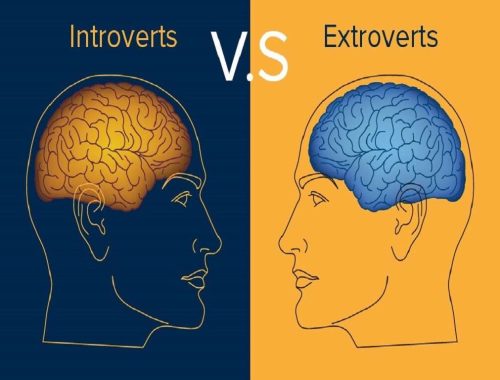
The Science Behind Extroverts and Introverts
2022-04-20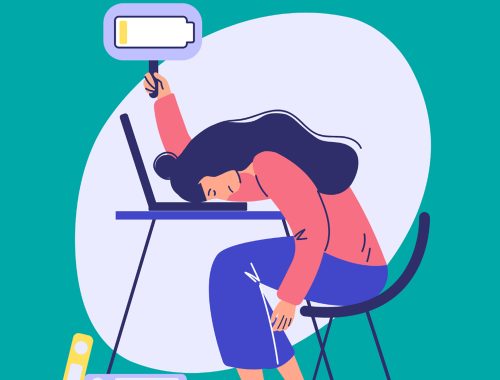


One Comment
Twicsy
Great blog here! Also your web site loads up very fast! What web host are you using?
Can I get your affiliate link to your host? I wish my site loaded up as fast as
yours lol